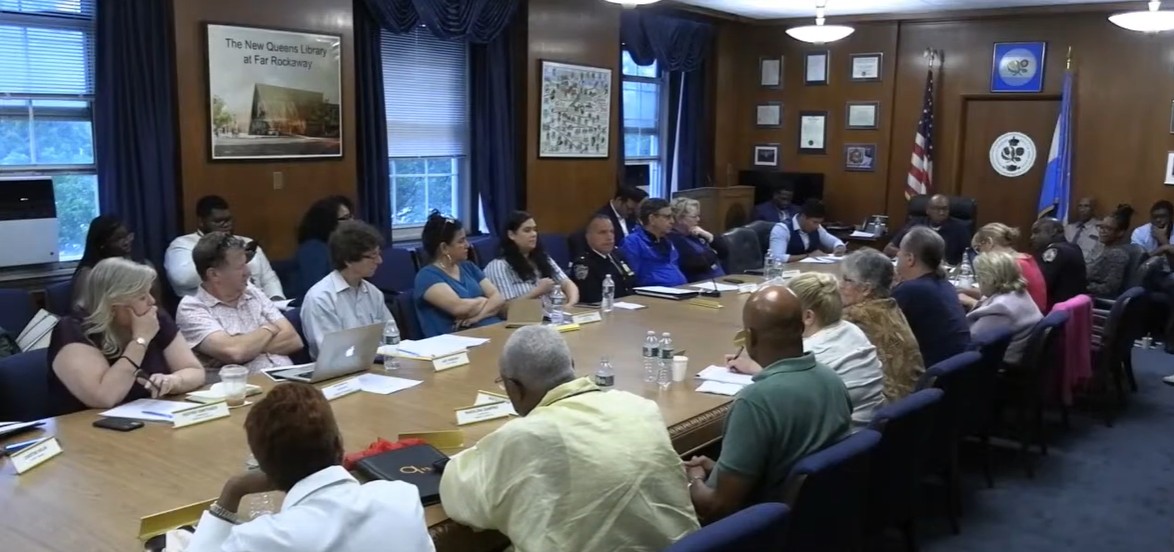The search for motives in the San Bernardino shootings continues. But no matter why two new parents chose to join the ranks of America’s mass killers, it’s worth talking about their weapon of choice.
Once again, a mass shooting in America.
Bursting into a holiday party in San Bernardino, a husband and wife killed 14 and injured 21 of the man’s co-workers in a spray of bullets. Their car was stuffed with ammunition; police later found 12 pipe bombs in their house.
This is how San Bernardino joined Newtown, Aurora, Charleston, Chattanooga. The list goes on. Now, the investigation turns to motive — some other explanation of what drove two people to commit gruesome murder. Even as details continue to emerge, however, there’s something familiar here: We’ve seen these guns before.
Officials said yesterday two of the guns used in this attack were made by Smith & Wesson. Long before its weapons were fired at the Inland Regional Center, Smith & Wesson’s brief flirtation with gun control shows just how far we have to go.
A brief history lesson
Smith & Wesson weapons have been made in the USA since 1852, when its founders envisioned the end of the muzzle-loading era. Its innovations meant that a gun owner could shoot multiple times without having to pause and reload with powder, ball and primer.
It’s a storied brand, and Smith & Wesson guns are standard issue for police departments across the country. They are also used by criminals.
In the 1990s, gun control advocates despaired of a foot-dragging Congress (sound familiar?) and tried a different avenue for change: the courts.
Learning from the successful fight to reign in the tobacco industry, they filed multiple lawsuits against gun manufacturers. Smith & Wesson decided to negotiate. In the wake of Columbine, President Bill Clinton announced an agreement with the gun makers, getting such concessions as safety locks, smaller capacity magazines and reforms on the way guns are sold. Clinton called it “a powerful example of responsibility.”
A proud American company adapted to changing times, helping to make safer streets while producing its products as before for sportsmen and women, and those looking to legally protect themselves. The assault rifle doesn’t need to be on the mantelpiece. Sounds like a happy compromise? Except the NRA fought back, encouraging a boycott of the venerable manufacturer. Sales plummeted, the company was sold, other gun makers fell into line. Where they remain today.
What all this means today
This is an example of how the NRA wields its power beyond political contributions. They control guns from the source.
The Smith & Wesson executive who was willing to talk about common-sense, practical solutions to stop gun deaths was shown the door. The NRA head then and now is Wayne LaPierre.
Smith & Wesson got back into the NRA’s good graces: In 2012, the company was inducted into the NRA Golden Ring of Freedom in return for donating at least $1 million. Smith & Wesson guns were used in mass shooting in Aurora and Chattanooga.
As often happens for gun makers after mass shootings, Smith & Wesson stock rose following San Bernardino. Gun buyers are afraid that someone’s going to take away their guns.
But we should know by now that’s not going to happen.
This is amExpress, the conversation starter for New Yorkers.


























